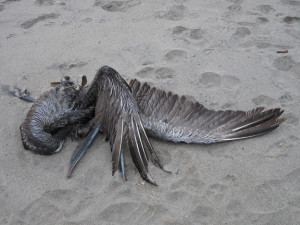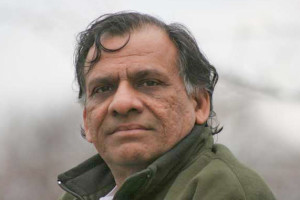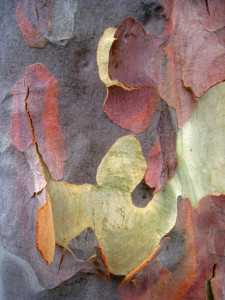Return to Issue 3 Table of Contents
Death on the Beach

View “Death on the Beach Portfolio”
Flash Required
Artist’s Statement
The subject and the idea for this book project presented themselves to me during one of my frequent visits to my family in southern California. I was walking on the beach at Ventura Harbor one day late fall last year when I happened to notice an unusual number of dead birds along the shore. I had, of course, seen dead birds there before, but not like this time when there seemed to be a bird corpse every fifty or hundred feet, bringing to mind Mathew Brady’s images of scattered corpses of the dead soldiers in the American Civil War.
Feeling somewhat intrigued, I looked closely at the dead birds, perhaps for the first time. There were different kinds of birds that populate that part of the California shore: sea gulls, pelicans, other shore birds. And the more I looked, the more fascinated I became, not just with the question as to what was killing them, but with the sheer physical reality of these dead birds. I was so taken in by the tone and the texture of their bodies that, after a while, the idea of what I was looking at being dead bodies became unimportant. It all became abstract to me. The texture of their bodies appeared to me to be the texture of death itself. What I was looking at was decay, degeneration, and the slow but natural process of life turning into dust and nothingness.
I was reminded of the fascination that Death has had on thinkers, philosophers, poets, and artists since the beginning of humanity. Were the ancient pyramids in Egypt, besides being tombs for the pharaohs, not also a monument to Death itself? The fact of death being part of life and the last manifestation of it makes life so much more mysterious. No wonder that it has had such a presence in the imagination of artists since the beginning of civilization.
The Eucalyptus Way
Long journeys are often associated with self-discovery. But paths of shorter length, especially if the same route is walked frequently, may also lead to reflections on life and art.
During 2006, while visiting Southern California frequently to spend time with my family during my father’s last illness, I often took walks on a mile-long path near my parents’ home. This winding path is lined on both sides with tall and slender eucalyptus trees that, I began to feel, offered me comfort I needed as my father’s health steadily declined. Slowly, I began to notice their solid, muscular trunks on which the peeling paper-like bark created intriguing designs. Each trunk was like a painter’s canvas on which organic images appeared on their own in vibrant colors and unpredictable compositions. These three-dimensional pictures changed with different light conditions depending on the season and the hour of the day. I began to photograph them, and once I started, I never came back from a walk on this path without new images from the same trees. I became fascinated by the variety of visual and aesthetic experiences they offered. It was as if I was seeing the world in a new light.
My father passed away that December, but I have continued to be drawn to the “eucalyptus way” when I visit my mother. I still feel embraced by them like old friends, and I continue to take the pictures because they keep appearing in new dress on the canvases of these majestic tree-trunks as seasons change. Everything, they say, is connected. These trees, in connecting me to my father’s last days, are for me a picture of solidity, continuity, and beauty of nature that my father so often talked about.

About the Artist
Originally from Punjab, India (born 1946), where he taught English for a number of years, Arvind Garg moved to Madison, Wisconsin, in 1976 to do a Ph.D. in English, but soon afterwards he was drawn to photography which became the focus of his lifelong work. In 1985 he moved to New York City where he now lives and works as a travel and fine art photographer. For travel magazines and newspaper assignments like the Sunday New York Times Travel Section, Arvind has traveled and photographed widely in Europe, Asia, and Central and South America as well as in the United States.
Arvind’s images are in the permanent collections of the New York Public Library; the Brooklyn Museum; Herbert F. Johnson Museum of Art at Cornell University; Madison Art Center, Wisconsin; the Historical Society of Wisconsin, as well as in several corporate and individual art collections. He is a contributing member of Corbis and Getty Images photo agencies.
Arvind has published more than a dozen books of photography: Japan in Quiet Light; Recalling Misr – through Egypt; Facing the Creator -portraits of authors, musicians and artists; Photographing New York and Light in Tunisia, etc. These can be seen and/or purchased at: http://www.blurb.com/search/site_search?search=arvind+garg
Prints of Arvind’s artworks can be purchased at the following two websites:
http://www.artslant.com/global/artists/show/61927-arvind-garg
http://fineartamerica.com/art/all/Arvind+Garg/all
Arvind’s website: www.arvindgargphotoart.com
Return to Issue 3 Table of Contents
(You are invited to add to the conversation below.)

